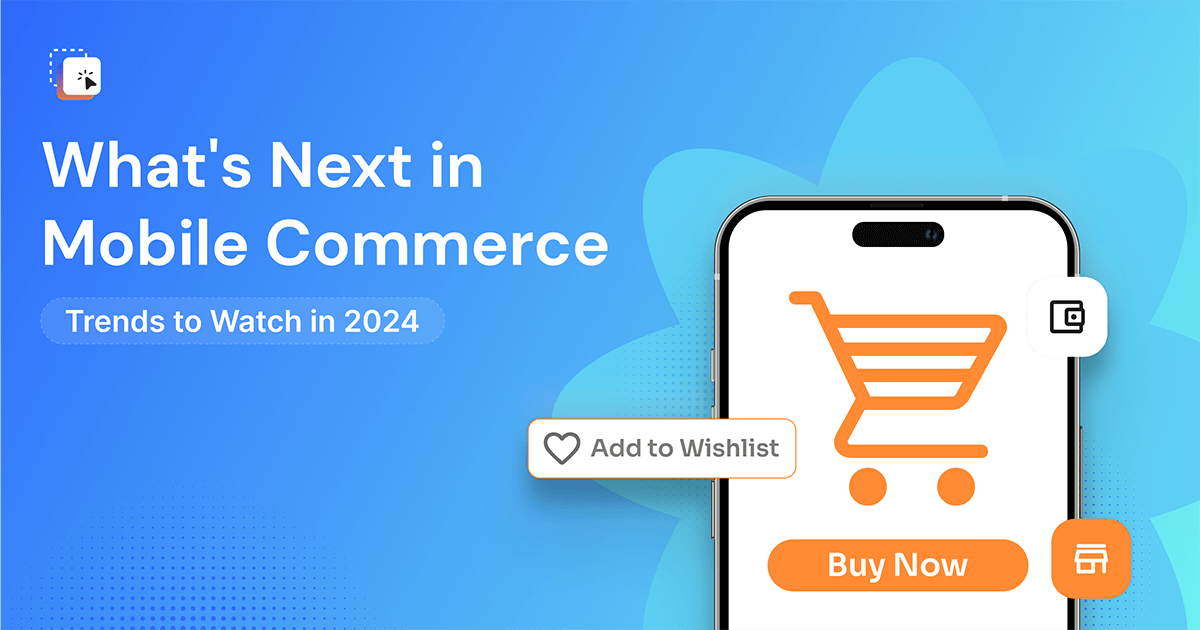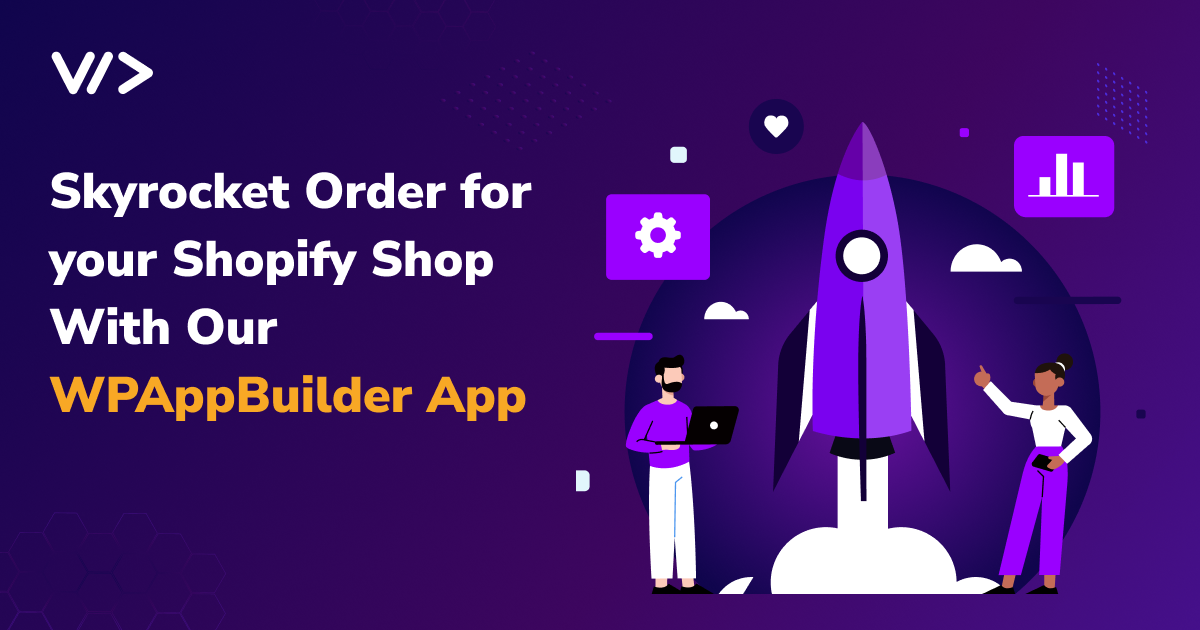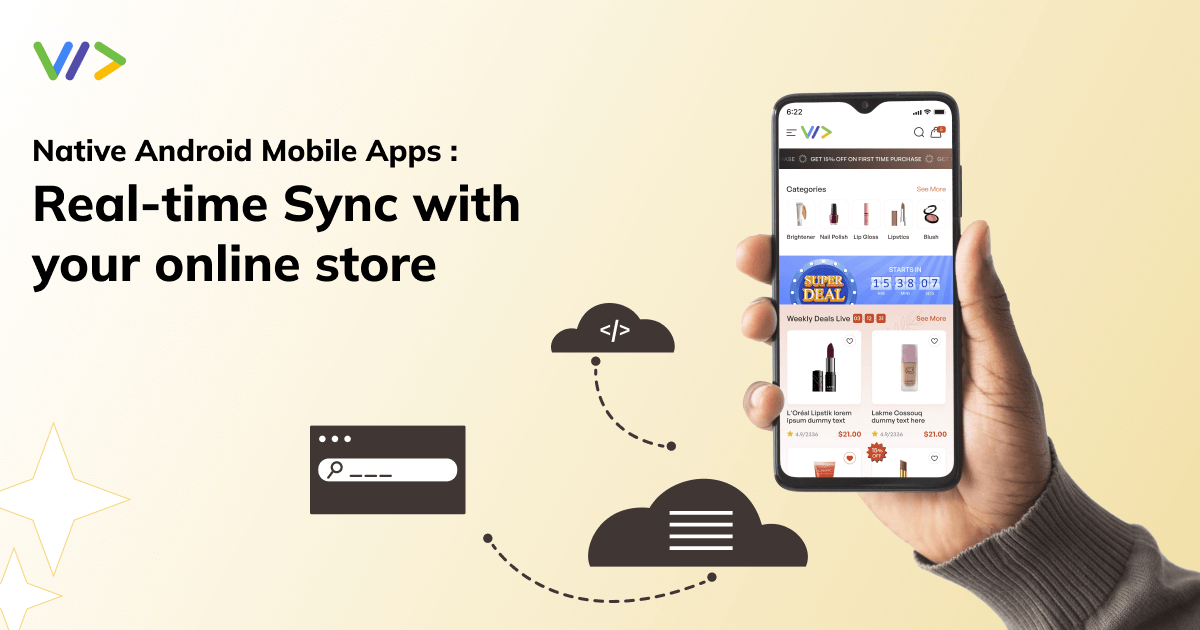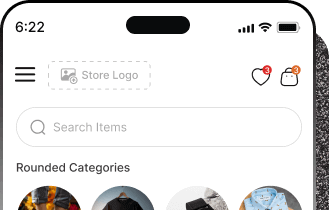Effective Strategies to Deliver Product Recommendations via Push Notifications
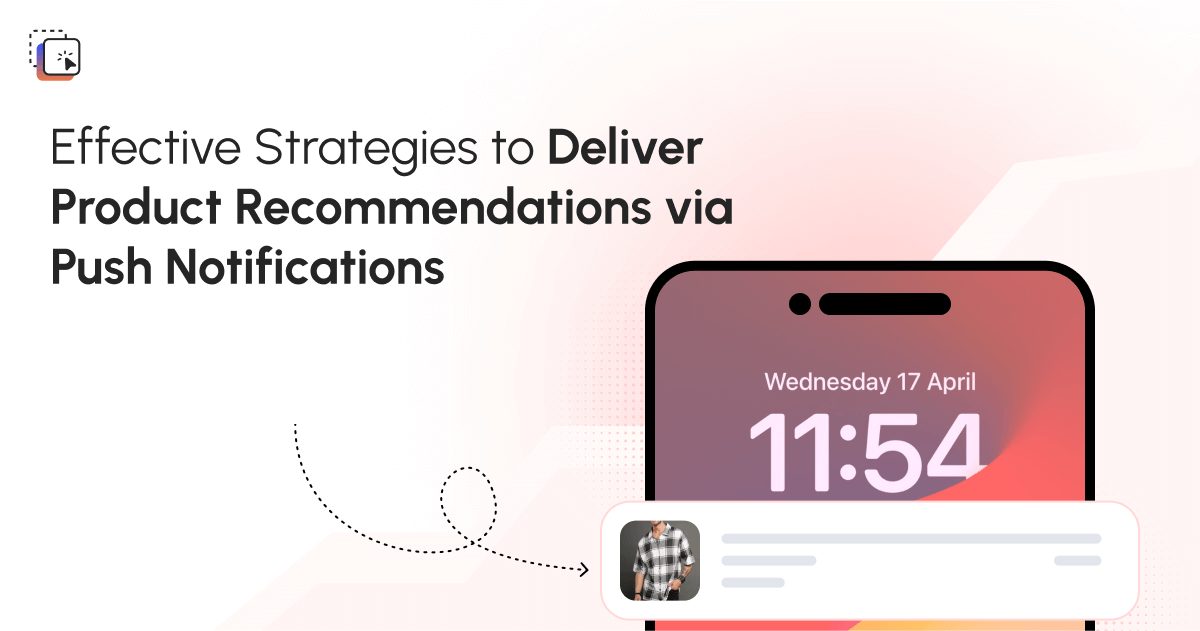
Nowadays, grabbing user attention requires a different approach. Learn how push notifications play a big role in connecting businesses with users in real-time. It helps remind users about what they love and drives them back to your app or website.
What Are Push Notifications?
Push notifications refer to alerts or messages that appear as a pop-up on your user’s browser, regardless of what devices they are using. Acting as a swift communication bridge, push notifications empower companies to share messages, deals, or relevant information with their customer base.
Matias Duarte, along with his design team, pioneered the development of push notifications in 2008.
Apple introduced its push notifications, or messages, through its cloud messaging service, APNS (Apple Push Notification Service), in 2009. This Apple-developed service has become ubiquitous across iOS devices, spanning from iPads to iPhones, delivering mobile push notifications for users.
How Push Notifications Function?
Push notifications can either be cloud-based or app-based, designed to interface with a server responsible for their delivery. APIs play a crucial role in facilitating push notifications, allowing seamless integration with cloud services, apps, and web push functionalities. When an organization initiates a push notification, an API communicates with the service and ensures the message is prepared for delivery.
Organizations typically dispatch push notifications containing text, often supplemented with rich media like emojis. While some notifications incorporate a clickable link or a call to action (CTA), urging users to complete tasks such as finalizing a check-out or engaging directly with a website or app, not all notifications feature these elements.
Despite their widespread support by major mobile and desktop browsers such as Safari, Firefox, Chrome, and Android, push notifications do not uniformly function across all browsers and operating systems. As a result, the delivery and user experience may vary significantly among these platforms.
Specifically for Android users, certain rich media features may be inaccessible to those who do not frequently update their phones. Additionally, the process for opt-outs differs between Android and iOS devices, with Android users typically needing to opt out using a few manual steps, although Android has simplified this process in recent times.
Web-Based and App-Based Push Notifications
Web-based and app-based are two key push notifications. Let's discuss.
Web-Based Push Notifications:
Web-based notifications, often referred to as "web-push" notifications, appear as pop-up messages on both desktop and mobile devices. With the support of operating systems (OS) and browsers, each site can send push notifications to their users hassle-free.
The location where notifications open on your screen or view can vary, depending on the type of browser or operating system.
App-Based Push Notifications:
App-based push notifications are generated in-app. Users, whether on mobile or desktop devices, usually need to opt-in first before receiving notifications.
Typically, these notifications are alerts that appear as pop-up windows on mobile devices. Apps present these alternatives to enhance in-app user engagement and open rates or encourage a lead to perform some activities.
Types of Push Notifications for Product Recommendations
Personalized Product Recommendation Notification:
Using data such as browsing history, past purchases, and user behavior, personalized product recommendations deliver tailored suggestions to each individual user via push notifications.
Sending timely and relevant recommendations, whether reminding customers of viewed or abandoned items or introducing new arrivals tailored to their interests, can significantly boost conversions for your e-commerce store.
Time-Sensitive Notification:
Time-sensitive notifications constitute a specific class of alerts engineered to furnish iPhone users with pertinent, time-sensitive data from their apps.
Introduced concurrently with the "Focus" feature in iOS 15, these notifications offer significant benefits for users seeking to remain informed with real-time updates from their preferred apps.
Abandoned Cart Push Notification:
Cart abandonment often hurts the revenue of your business. When the average cart abandonment rate reaches approximately 69.57%, it's clear that action is needed.
One effective strategy to combat cart abandonment is through the use of push notifications. It reminds customers and motivates them to make a purchase. The abandoned cart push notifications proved effective in retaining customers.
Discount Push Notification:
Discount push notifications serve as pop-up messages sent to customers to notify them about lucrative promotional offers, deals, promo codes, and special discounts.
When your brand shares notifications that offer enticing festival discounts, special offers, or alerts about upcoming sales,
Advantages of Push Notifications for Businesses:
Push notifications offer numerous benefits to your organization, but it depends on how you use and implement them. The advantages of using push notifications are as follows:
- Yields superior open rates compared to email.
- Streamlines marketing campaigns and communication processes through automation.
- Drives heightened user satisfaction and enriches the overall user experience.
- Spurs additional user interactions and boosts sales potential.
- Helps gain real-time responsiveness.
- Provide personalized opt-ins and opt-out preferences customized for each user.
- Serve you with behavior analytics to help you with making a proper content strategy based on the provided data.
Best Tips to Use Put Notifications :
Avoid Using Irrelevant CTA:
Opt for concise and compelling language in your CTA. Keep it succinct yet captivating. Try to incorporate attention-grabbing terms. Make sure that the action mentioned in the notification aligns with the content of your redirect page.
Don’t Send Notifications Recklessly:
There's a fine line between helpful notifications and annoyance. Avoid sending so many that users feel compelled to turn them off or ignore them altogether. There is nothing wrong with sending notifications, but keeping them relevant and timely.
Don’t Use Push Notifications to Replace Emails:
Never try to use push notifications as a substitute for email communication, whether for broadcasting offers, transactional messages, or shipping updates. Instead, consider choosing alternative channels such as SMS, in-app messaging, and email for these types of communication. Reserve push notifications as a channel to directly engage with your customers.
Inaccurate Targeting:
Organizations should exercise caution against gathering excessive amounts of data and must refrain from using personal information solely for the purposes initially disclosed to users.
Businesses can risk severe consequences by engaging in poor targeting and generalization when sending out notifications.
Analyze User’s Behavior Properly:
It is crucial for every business that users remain constantly engaged with push notifications. If you don’t want them to turn off your notifications, you must make an in-depth analysis of your customer behavior and facilitate data that engages them. This will give consumers a delightful experience.
Choose the Right Time to Send Notifications:
Time is precious both for you and your users. To maximize engagement, choose specific times to send push notifications when users are generally free and receptive. Avoid sending notifications in the early morning, at midnight, or when they might be otherwise occupied, as they're less likely to be noticed or acted upon.
Use Personalized Content:
Poor content in push notifications may result in decreased engagement rates. Instead, use personalized content that resonates with the individual user. Consider sending a push notification about a discount on a product the user has previously shown interest in.
Implement A/B Testing:
A/B testing is a great way to personalize your push notifications. Kick off your test by establishing a hypothesis that outlines the expected outcome of your project. Consider a hypothesis such as "Customers who purchase yoga mats will also be interested in meditation cushions" for an online wellness store.
Following the development of your hypothesis, implement it within a specific, targeted audience subset. Collect relevant data from this test and make the necessary changes to your hypothesis in response to varying outcomes. Thoroughly document these results to enhance success metrics.
Conclusion:
Push notifications have transformed the way businesses connect with customers. By leveraging real-time interaction and personalized recommendations, they help businesses boost engagement and sales and pave the way for a future of dynamic customer experiences.
Related blogs
